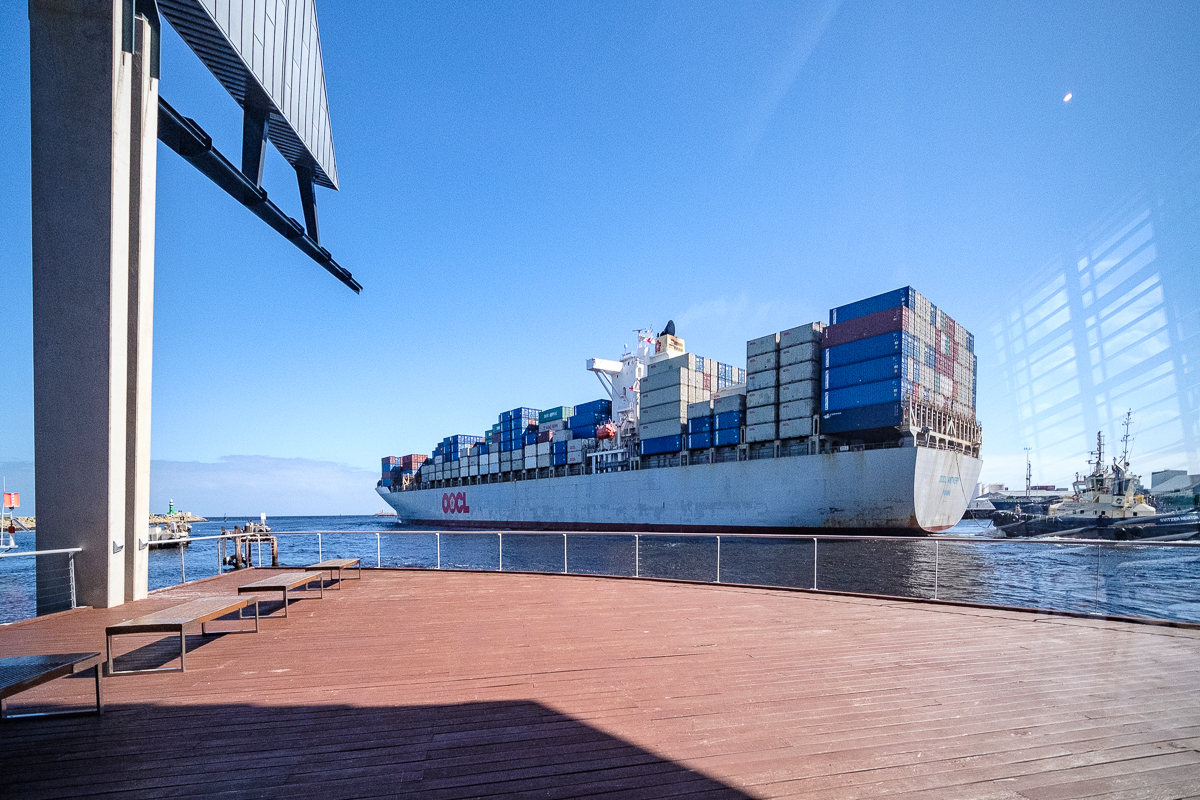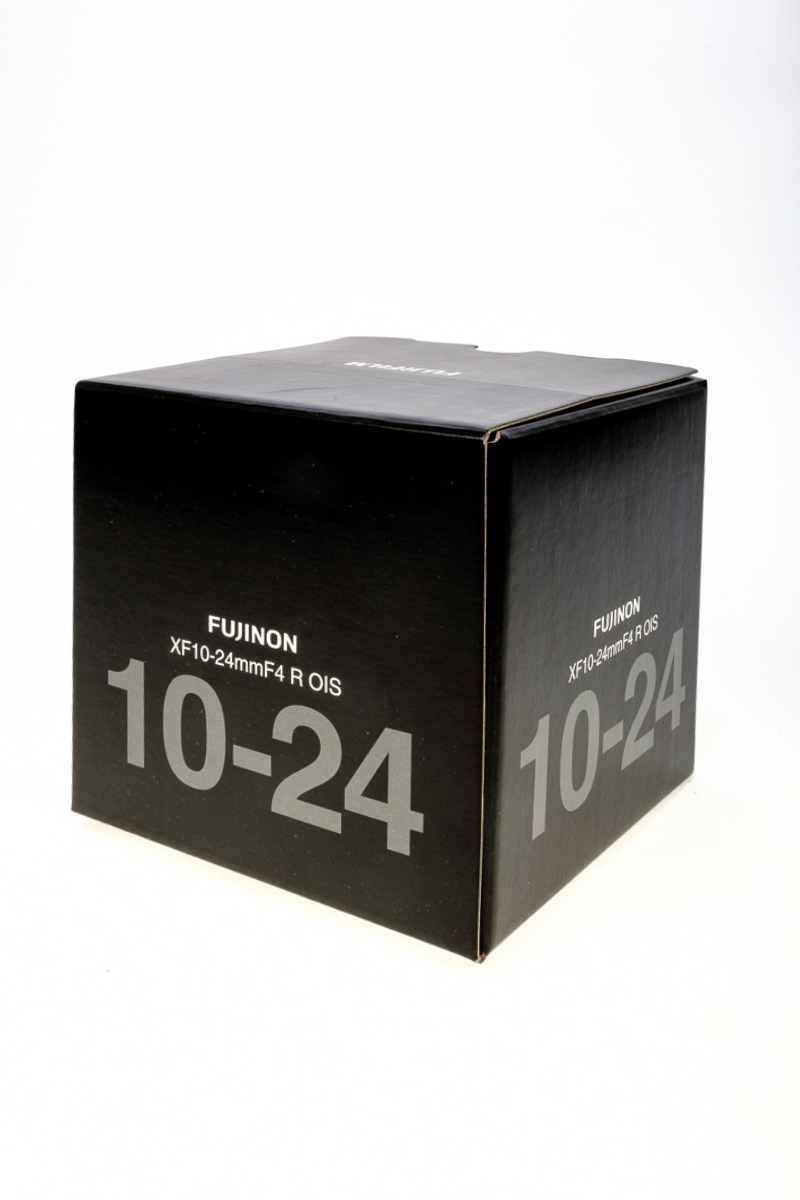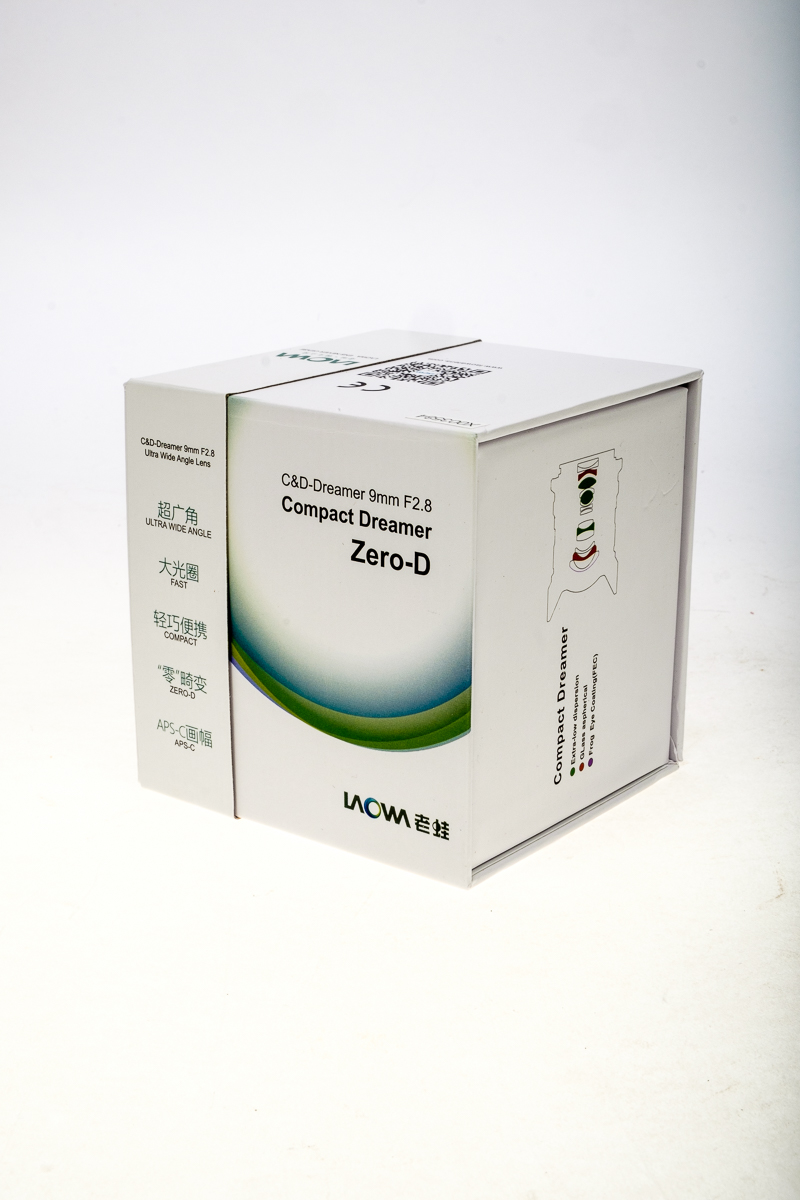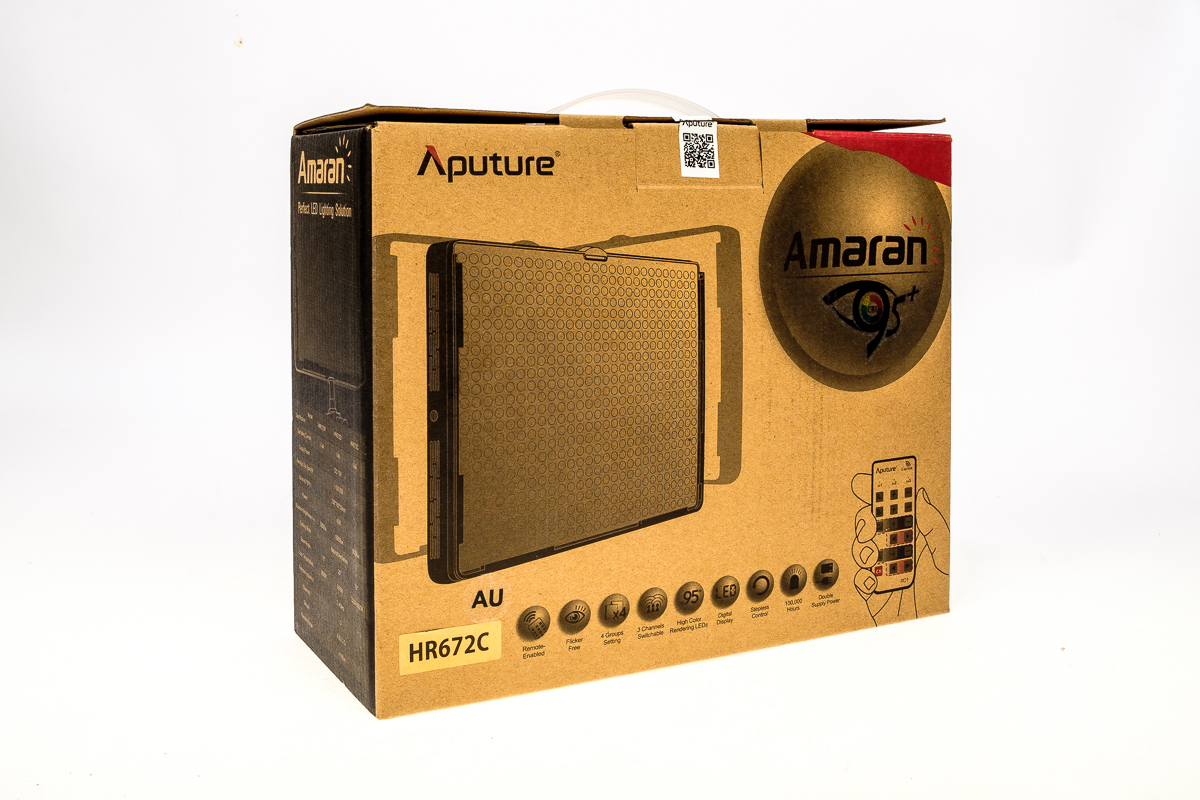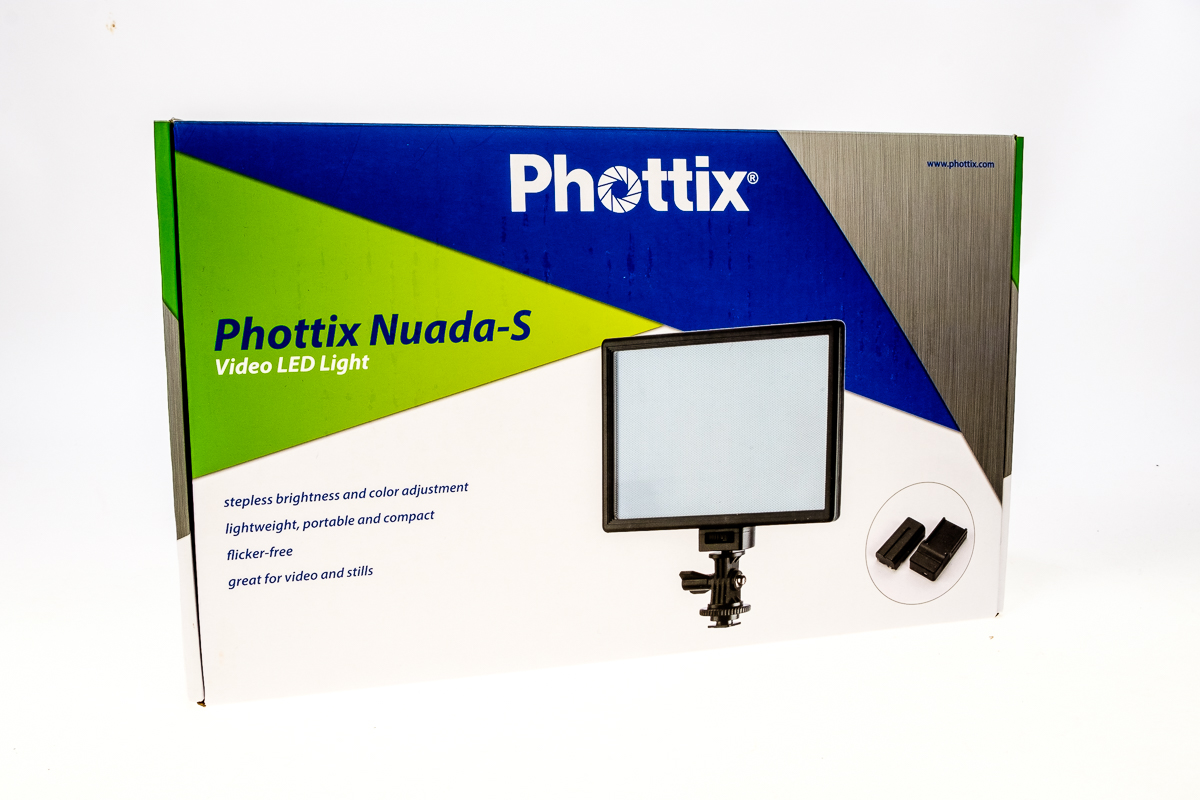Posted at 09:05h
in
Blog,
Dick's Rant
by Uncle Dick
[social_share]
Lume-Cubic, that is - the metal-cased powerhouse of an LED light for the still or video person. We've had them for sale before and we've got them now and they are a remarkably good thing.
Four sides of this sealed cube are doing something - a 1/4" tripod mount, a recharge socket cover, two buttons for on/off, intensity, or flash effect, and one big old LED on the front - this is one of the larger panels that is a single chip inside a lens. The intensity button has 10 steps and off. It is just that simple.
As with all the other tests, except where noted, this was run at full power. This light has no temperature control. But it is infinitely tougher that the other panels - it can go underwater and take quite a tumble.
And what of the results?
Colder - decidedly colder. LR says it is pushing out light at 5050ºK. I think you might consider either filtering it or setting a permanent bias in LR to about 6700ºK to get a good human shot. You can get filtering...




